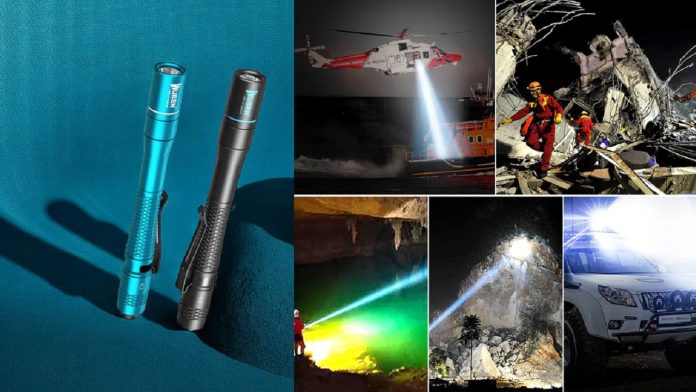The foundation of every successfully created product is a well-developed design philosophy that affects its shape, performance, and attractiveness. Let’s discover the process from idea to manufacture of most in-demand EDC flashlights and the principles that govern their design.
Understanding Design Philosophy
The basic principle of design is to ensure that quality, innovation, and user-centricity are present in all designed products. Each flashlight is designed to be as customisable as possible to satisfy everyone’s needs while perfecting performance, durability, and aesthetics. The design team gets inspiration from many sources, including user feedback, market trends, and advanced technology, to develop products that surpass expectations.
Research and Development
The trip starts with a massive R&D effort to get market dynamics, technological advancements, and user preferences. R&D is a critical area willing to invest heavily to be at the forefront of flashlight design and make the boundaries of flashlight design breakthroughs. This entails working with engineers, designers, and industry players to investigate new materials, manufacturing methods and characteristics that make the user experience better and more enjoyable.
Durability and Reliability
Also, apart from performance, the company should focus on quality and reliability regarding its EDC flashlights. Aware that these gadgets frequently operate in extreme conditions and are used extensively, they should use durable materials and construction techniques to increase durability. Whether it is a reinforced aluminium body, impact-resistant lenses, or waterproof seals, every design part is thoughtfully designed to withstand the challenges of everyday living.
Functionality and Performance
With EDC flashlights being the essential tools that should work in many circumstances, the flashlight design team is very thoughtful about how to get the proper functionality and performance by precisely engineering each flashlight. This is achieved by maximising the specifications like the light output, beam distance, battery life, and ergonomics so that the users can be confident that their flashlight will work in any situation.
User-Centric Approach
The key to design thinking is the user-centred approach: consumers’ requirements and wishes should be settled on priority. Thorough market research and user opinions to pinpoint the main pain points and opportunities for further improvement in the existing products. Through this feedback loop, the design process is guided to guarantee that every flashlight is made to be part of the solution to real-world challenges and deliver maximum utility to the users.
Aesthetics and Ergonomics
The company should appreciate the aesthetic and ergonomic aspects. Sleek and modern aesthetics with user-friendly ergonomics make the product more pleasant to use and add to its general appeal. The design team takes care of the minor details in the placement of buttons and grips, as well as the overall shape of the flashlights, to ensure they work efficiently and look stylish.
Conclusion
The Wuben EDC Flashlight can be attributed to its detailed design philosophy of superiority, innovativeness, and a user-oriented approach. The product development process is intense and includes extensive research and development. It is based on the product’s functionality, durability, aesthetics, and the goal of exceeding customers’ expectations. By understanding and implementing user requirements, Wuben can keep the bar high for the industry. The company sets the standard for the flashlight industry with each product carefully designed.







